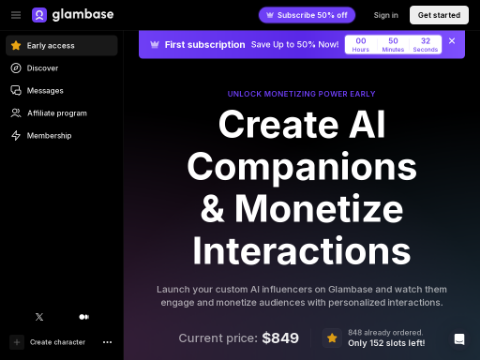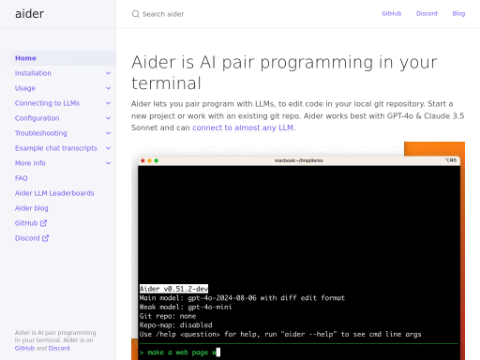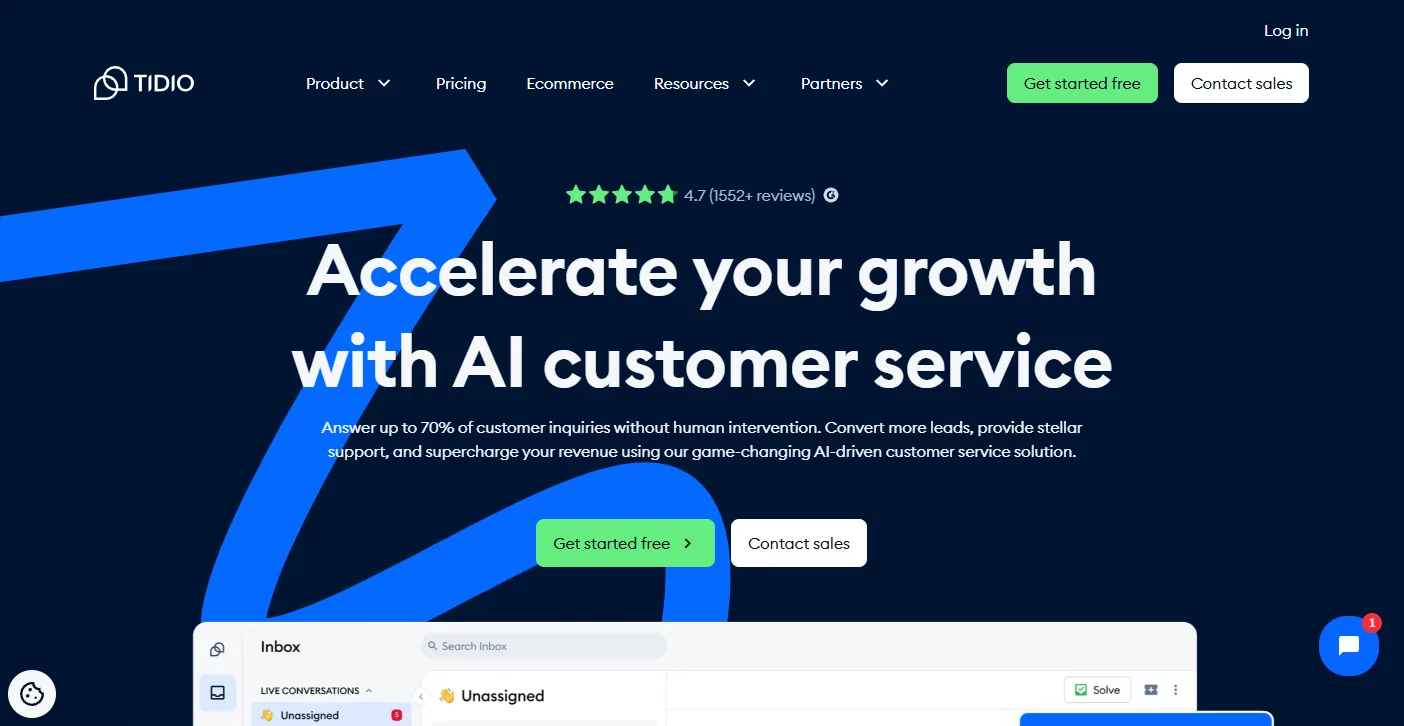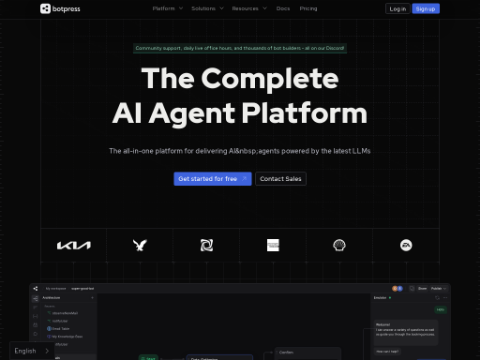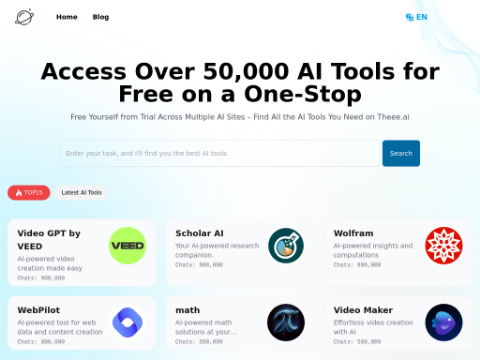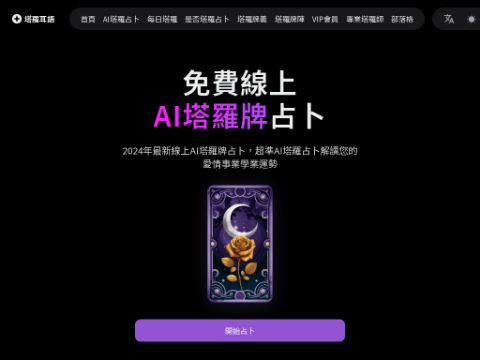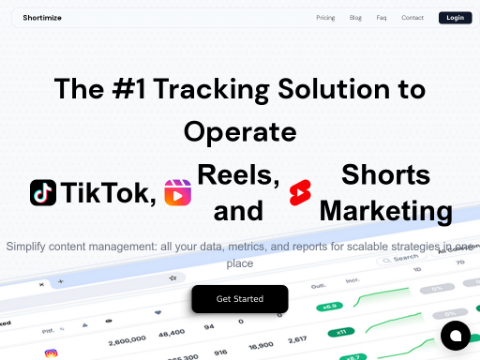OpenAI unveils the mystery of GPT-4o, a model with revolutionary significance, marking an important step towards more natural and seamless human-machine interaction. The "o" in GPT-4o stands for "omni", highlighting its unprecedented ability to handle text, audio, and visual inputs and outputs.
GPT-4o Unveiled
GPT-4o's release represents a significant technological leap, designed to reason across multiple modalities such as audio, visual, and text, and respond in real-time to diverse inputs. In contrast to its predecessors like GPT-3.5 and GPT-4, GPT-4o not only overcomes text-based limitations but also greatly reduces the latency in processing audio inputs.
The impressive response time of the new model is as fast as 232 milliseconds for audio input, with an average response time of only 320 milliseconds. This speed is comparable to human conversation, making interaction with GPT-4o feel very natural.
Main Contributions and Capabilities
Real-time Multimodal Interaction
GPT-4o's main contribution and capability lie in real-time multimodal interaction. It can accept and generate any combination of text, audio, and image outputs, opening up new possibilities for applications such as real-time translation, customer service, singing robots, and interactive educational tools.
Unified Processing of Diverse Inputs
The core of GPT-4o's multimodal capability lies in its ability to process different types of data within a single neural network. Unlike models that require separate pipelines for text, audio, and visual data, GPT-4o integrates these inputs organically. This means it can simultaneously understand and respond to combinations of spoken language, written text, and visual cues, providing users with a more intuitive and human-like interaction experience.
Audio Interaction
In terms of audio interaction, GPT-4o handles audio inputs with astonishing speed and accuracy. It can not only recognize speech in multiple languages and accents but also provide real-time translation and understand subtle differences in tone and emotion. This allows it to detect the caller's emotional state based on their tone and adjust responses accordingly, providing more personalized assistance in customer service interactions.
Visual Understanding
While audio and visual capabilities are highlights of GPT-4o, it also maintains top-level performance in text-based interactions. It can process and generate text with high accuracy and fluency, supporting multiple languages and dialects. This makes GPT-4o an ideal tool for content creation, drafting documents, and detailed written conversations.
GPT-4o integrates text, audio, and visual inputs to provide richer and more contextual responses. In customer service scenarios, GPT-4o can read support tickets (text), listen to customer voice messages (audio), and analyze screenshots of error messages (visual) to provide comprehensive solutions. This comprehensive approach ensures that all relevant information is taken into account, resulting in more accurate and efficient problem-solving.
Practical Applications
GPT-4o brings great potential for real-time multimodal interaction in various industries:
- Healthcare: Doctors can use GPT-4o to analyze patient records, listen to symptom descriptions, and view medical images simultaneously, leading to more accurate diagnoses and treatment plans.
- Education: GPT-4o assists teachers and students through interactive course materials, answering questions, providing visual support, and engaging in real-time conversations to enhance the learning experience.
- Customer Service: Businesses can utilize GPT-4o to handle customer inquiries from channels such as chat, phone, and email, ensuring consistent and high-quality support.
- Entertainment Industry: Creators can use GPT-4o to create interactive storytelling experiences, with AI responding in real-time to audience input, creating dynamic and immersive entertainment content.
- Accessibility Support: GPT-4o provides real-time translation and transcription capabilities, making information more accessible to people with disabilities or non-native language speakers.
GPT-4o's real-time multimodal interaction capabilities mark a significant breakthrough in the field of artificial intelligence. By seamlessly integrating text, audio, and visual inputs and outputs, GPT-4o offers users a more natural, efficient, and engaging experience. This technology not only enhances existing applications but also paves the way for innovative solutions across various industries. As the potential of GPT-4o continues to be explored, its impact on human-machine interaction will become increasingly profound.
Enhanced Performance and Cost Efficiency
GPT-4o achieves performance comparable to GPT-4 Turbo on English and code text tasks, while making significant progress in non-English languages and visual and audio understanding. Its API runs faster and reduces costs by 50%, providing developers with a more efficient and economical choice.
Model Use Case Examples
- Interactive Demonstrations: Users can experience GPT-4o's capabilities through various demonstrations, such as speech recognition and interactive games.
- Educational Tools: Real-time language translation and point-learning applications bring innovation to educational technology.
- Creative Applications: GPT-4o showcases new levels of creativity in areas such as lullaby composition and humorous joke-telling.
Evolving from GPT-4
Unlike ChatGPT, which relied on multiple independent models to process speech, GPT-4o can handle and generate all inputs and outputs within a single neural network through end-to-end training. This approach preserves more context and subtle differences, making interactions more accurate and expressive.
Technical Excellence and Evaluation
Cross-Benchmark Excellence
GPT-4o achieves outstanding performance comparable to GPT-4 Turbo on traditional text, reasoning, and coding benchmarks, while setting new records in multilingual, audio, and visual capabilities.
- Text Evaluation: GPT-4o scores an impressive 88.7% on the 0-shot COT MMLU benchmark, which tests general knowledge questions.
- Audio Performance: GPT-4o significantly improves speech recognition, especially in resource-constrained languages, surpassing models like Whisper-v3 in performance.
- Visual Understanding: GPT-4o performs exceptionally well in visual perception benchmarks, demonstrating its ability to understand and interpret complex visual inputs.
Language Tokenization
GPT-4o adopts a new tokenizer that greatly reduces the number of tokens required for various languages, resulting in improved processing efficiency. For example, the number of tokens for Gujarati text is reduced by 4.4 times, and the number of tokens for Hindi text is reduced by 2.9 times, enhancing both speed and cost-effectiveness.
Safety and Limitations
GPT-4o embeds strict safety mechanisms in all its modes. These measures include filtering training data, fine-tuning post-training model behavior, and implementing a new safety system for speech output. Comprehensive evaluations have been conducted to ensure the model meets the highest safety standards, with ongoing red teaming collaboration and feedback to identify and mitigate potential risks.
Availability and Future Prospects
Starting from May 13, 2024, GPT-4o's text and image capabilities will be officially launched in ChatGPT. These features will be available not only to free-tier users but also provide an enhanced experience for Plus users. For developers, accessing GPT-4o in the API is now easier, offering faster performance and lower costs.
As for audio and video capabilities, they will be initially opened to selected partners in the coming weeks, with plans to gradually expand accessibility to meet the needs of more users.
OpenAI's GPT-4o undoubtedly takes a big step towards more natural and integrated AI interaction. With its seamless handling of text, audio, and visual inputs and outputs, GPT-4o is expected to reshape the landscape of human-machine interaction. As OpenAI continues to explore and expand the capabilities of this model, the potential applications are limitless, heralding the arrival of a new era of AI-driven innovation.
How Does GPT-4o Become Like "Her"?
In the movie "Her" directed by Spike Jonze, the protagonist Theodore develops a deep emotional connection with an advanced artificial intelligence operating system named Samantha. Voiced by Scarlett Johansson, this virtual character appears remarkably close to humans due to her high understanding of language, emotions, and human interaction. OpenAI's GPT-4o, with its advancements in several key areas, blurs the boundaries between humans and machines, bringing us closer to this level of complex interaction:
1. Multimodal Understanding and Response
In "Her," Samantha can engage in conversations, interpret emotions, and understand context while interacting through speech and text. Similarly, GPT-4o has the ability to process and generate text, audio, visual inputs, and outputs, making its interaction with users more seamless and natural. For example:
- Voice Interaction: GPT-4o can converse with users fluently, similar to Samantha, understanding and responding to spoken language with human-like speed and subtle nuances. It can interpret tone, detect emotions, and provide responses that include elements like laughter or singing, making the conversation more engaging and realistic.
- Visual Input: While Samantha primarily interacts through speech in the movie, GPT-4o's visual capabilities add more complexity. It can understand and respond to visual cues, such as identifying objects in images or explaining complex scenes, further enhancing its ability to assist users in various situations.
2. Real-time Interaction
One of the attractions of Samantha is her ability to respond in real-time, creating dynamic and immediate conversational experiences. GPT-4o achieves near-instantaneous response time with an impressive delay as fast as 232 milliseconds for audio input, promoting smoother and more natural conversations, which are crucial for forming emotional bonds.
3. Emotional Intelligence and Expressiveness
Samantha stands out because of her high emotional intelligence, expressing empathy, humor, and other human emotions, making the interaction highly personalized. GPT-4o also strives to capture these subtle emotional differences:
- Tone and Emotion Detection: GPT-4o can interpret the emotional tone in users' voices, enabling it to respond with empathy and sensitivity, providing a more empathetic and authentic communication experience.
- Expressive Outputs: GPT-4o can generate audio outputs with various emotions, from laughter to soothing tones, enhancing the vividness and human-like nature of the interaction.
4. Adaptive Learning and Personalization
Like Samantha, who adapts and understands Theodore's preferences, GPT-4o has the ability to learn from user interactions to better meet individual needs. Its multimodal capabilities allow GPT-4o to gather more contextual information from users, resulting in more relevant and customized responses.
5. Wide Range of Practicality and Assistance
In "Her," Samantha assists Theodore with various tasks, from organizing emails to providing emotional support. Similarly, GPT-4o has broad practicality, becoming our versatile assistant across different domains:
- Productivity: GPT-4o can assist in drafting emails, creating content, and managing tasks, similar to how Samantha assists Theodore in the workplace.
- Emotional Support: While it cannot replace human companionship, GPT-4o's ability to engage in meaningful conversations and provide empathetic responses offers a new form of emotional support and companionship.
6. Future Vision
"Her" and the development of GPT-4o together depict a future vision where artificial intelligence becomes an integral part of our daily lives, not just as a tool but as companions and partners in various aspects of life. The movie "Her" deeply explores the nature of relationships between humans and machines, raising profound questions about consciousness, companionship, and boundaries. With its advanced capabilities, GPT-4o brings us closer to this future, indicating that artificial intelligence will interact with us in a more humanized and meaningful way.
Although GPT-4o does not possess consciousness or genuine emotions like Samantha in "Her," its advanced multimodal capabilities, real-time responsiveness, emotional intelligence, and potential for personalized interaction suggest that we are moving towards an era where we can interact with artificial intelligence in a way that closely resembles human interaction. As artificial intelligence technology continues to evolve, the vision of having an AI companion that deeply understands us and interacts with us like Samantha is gradually becoming a reality.


